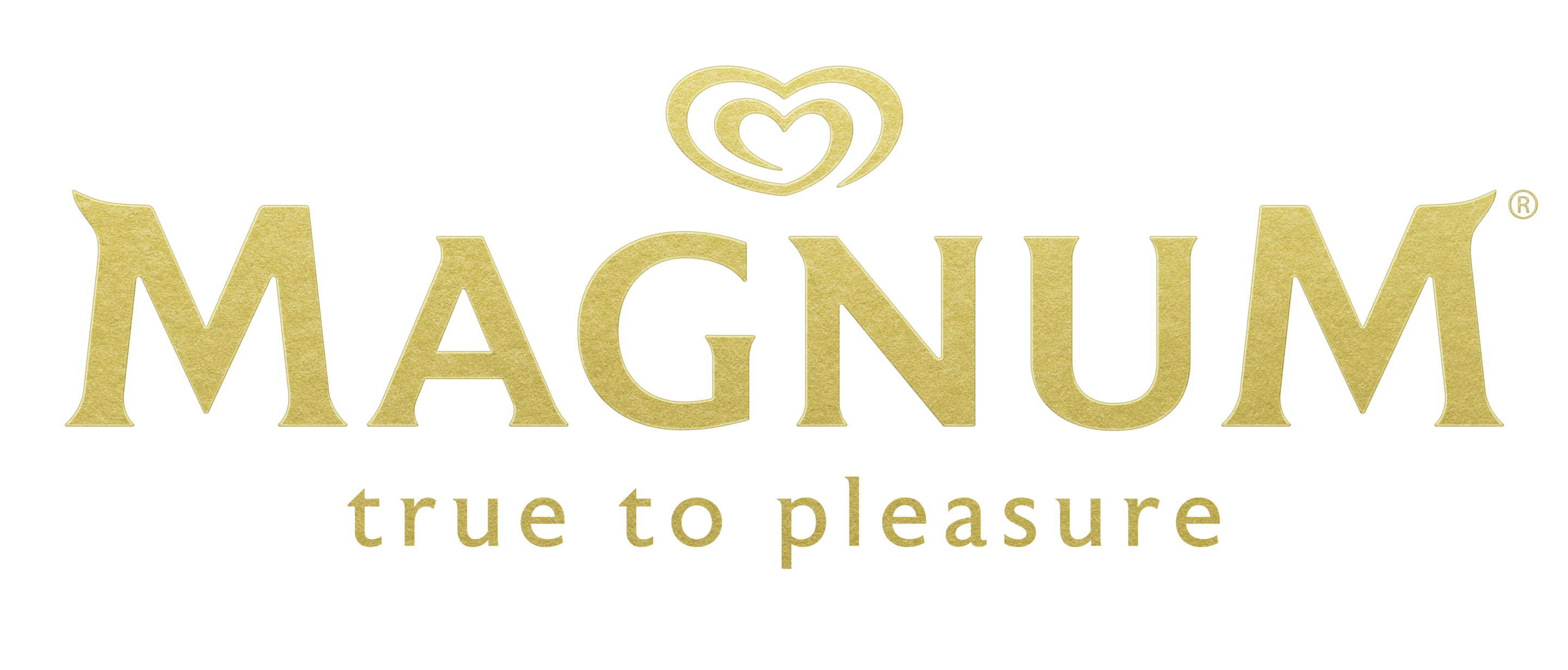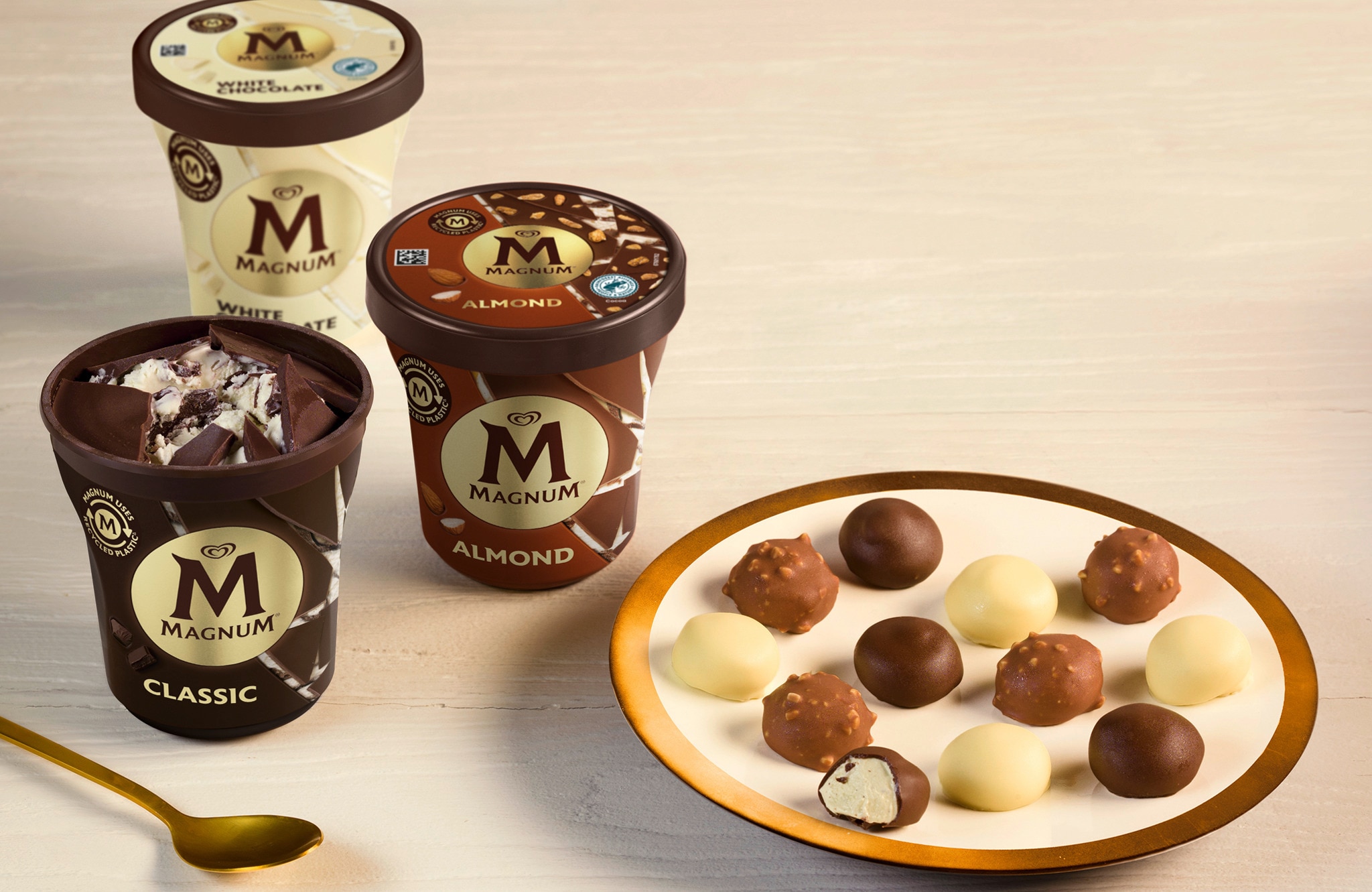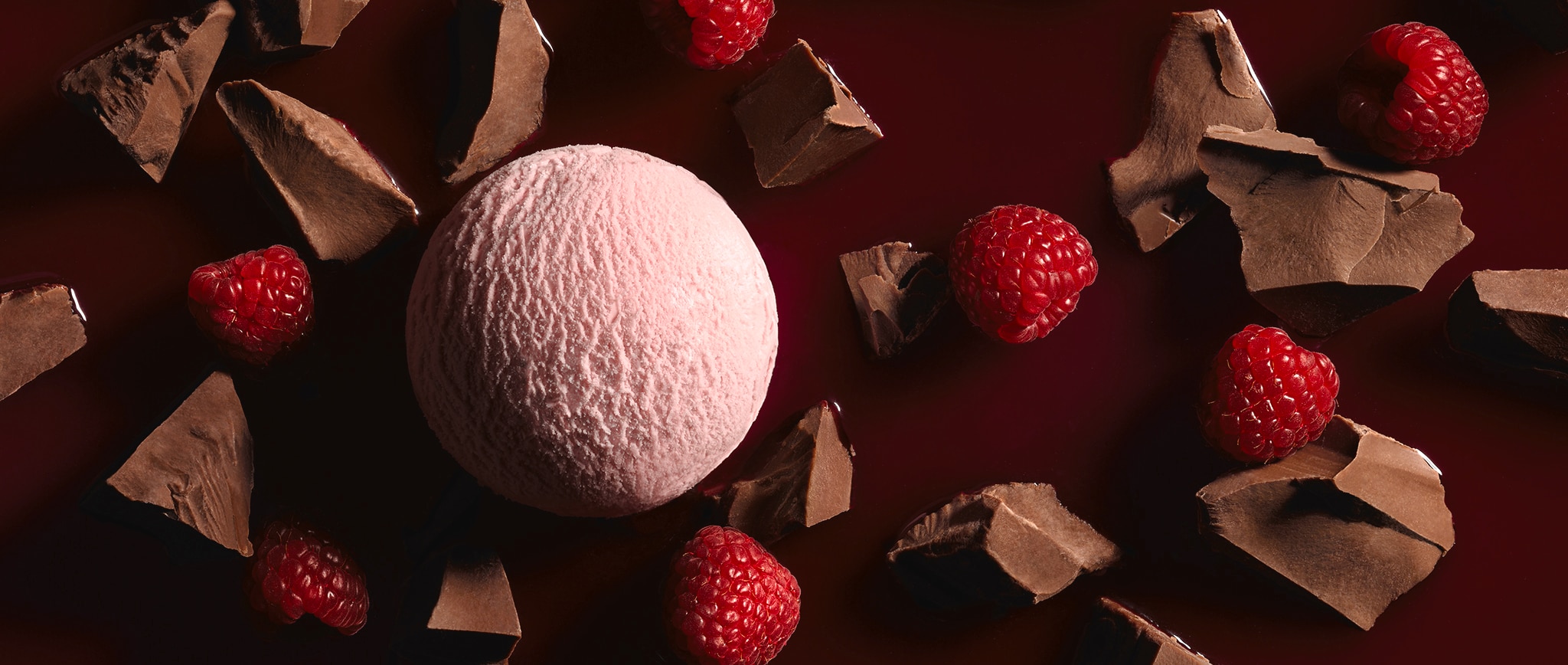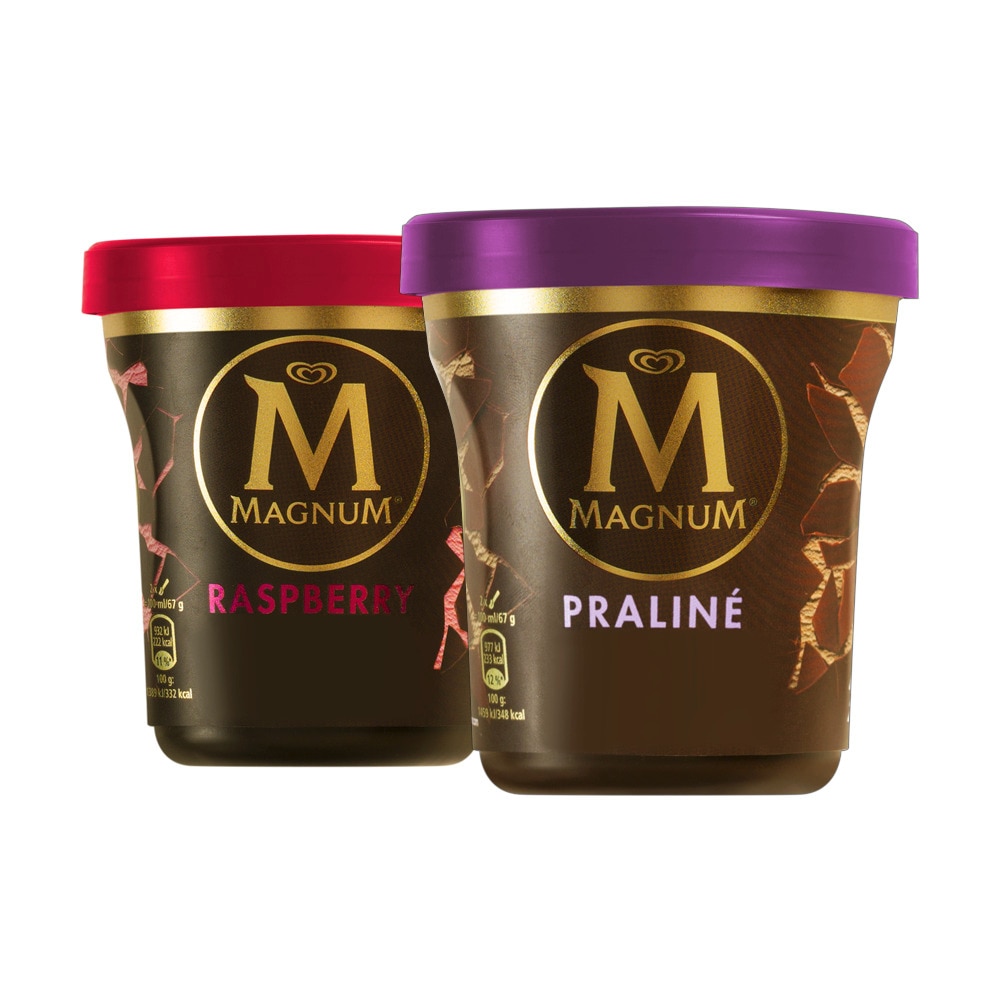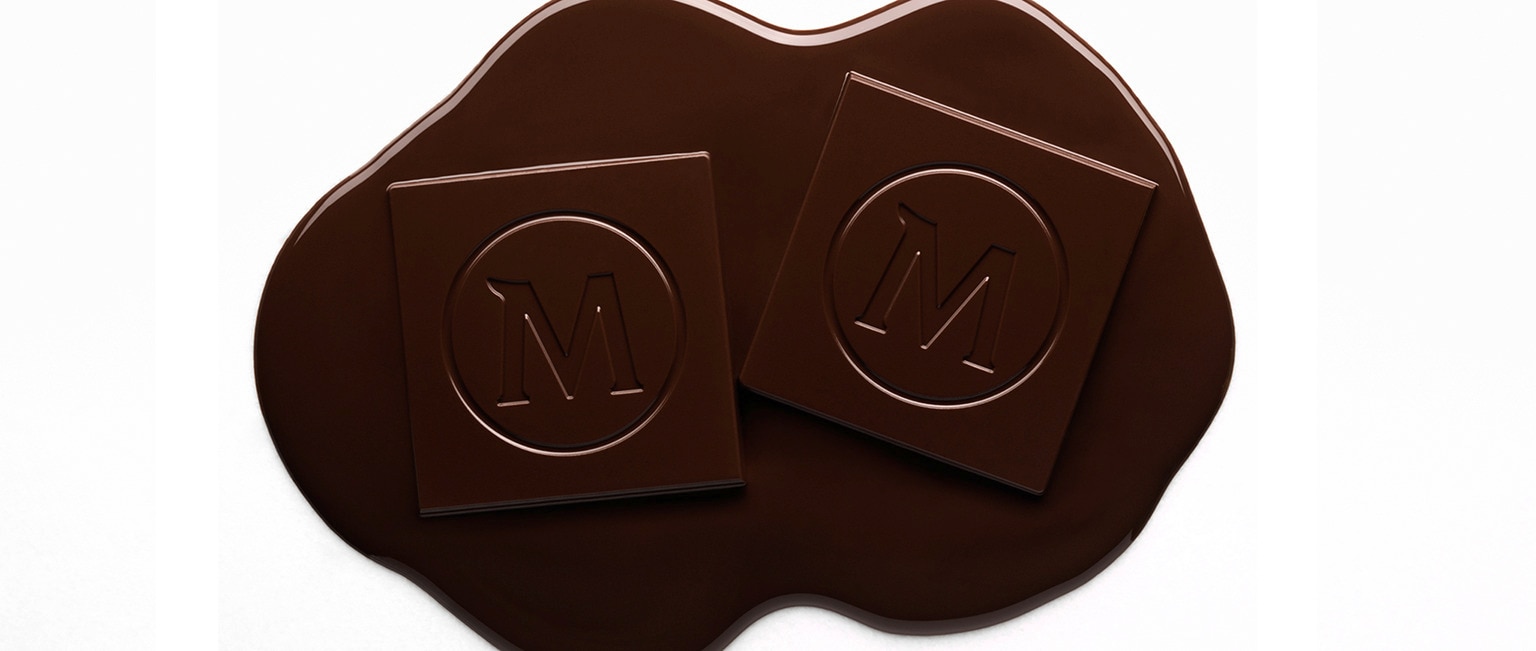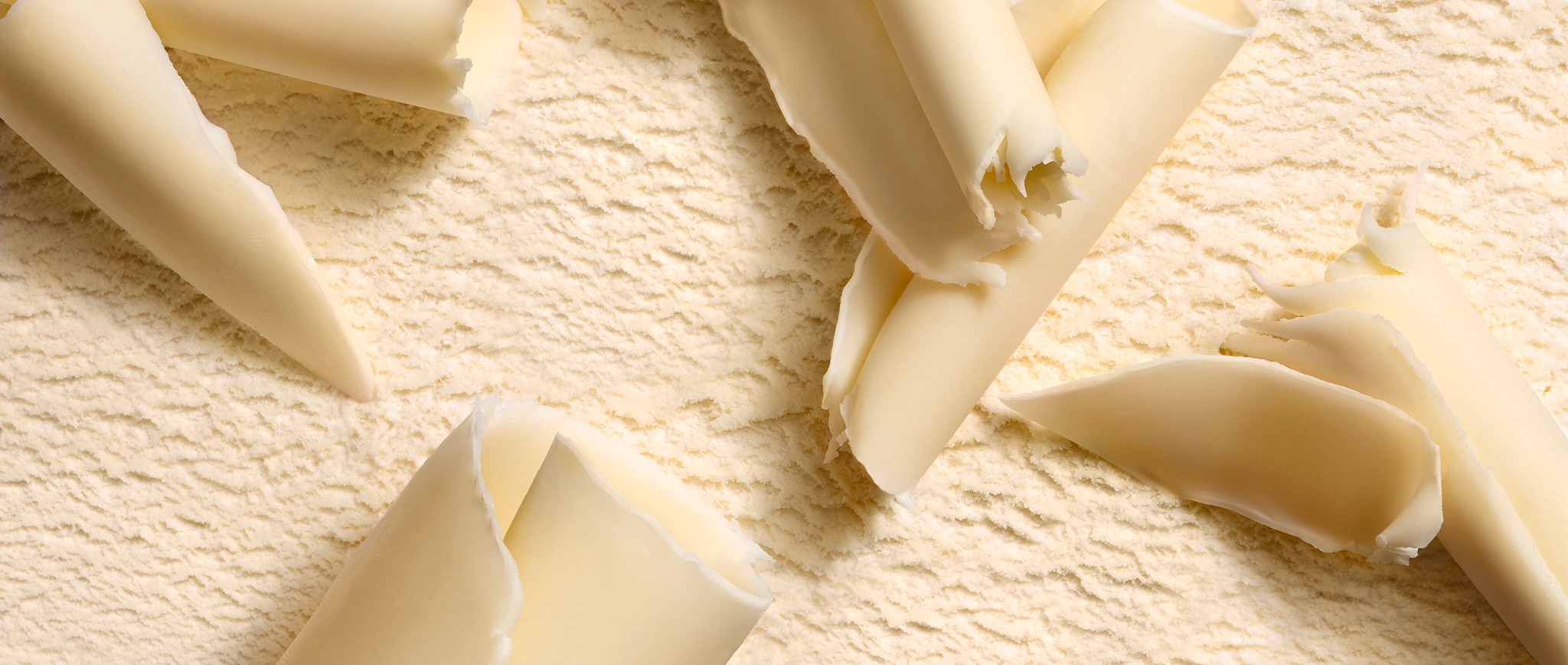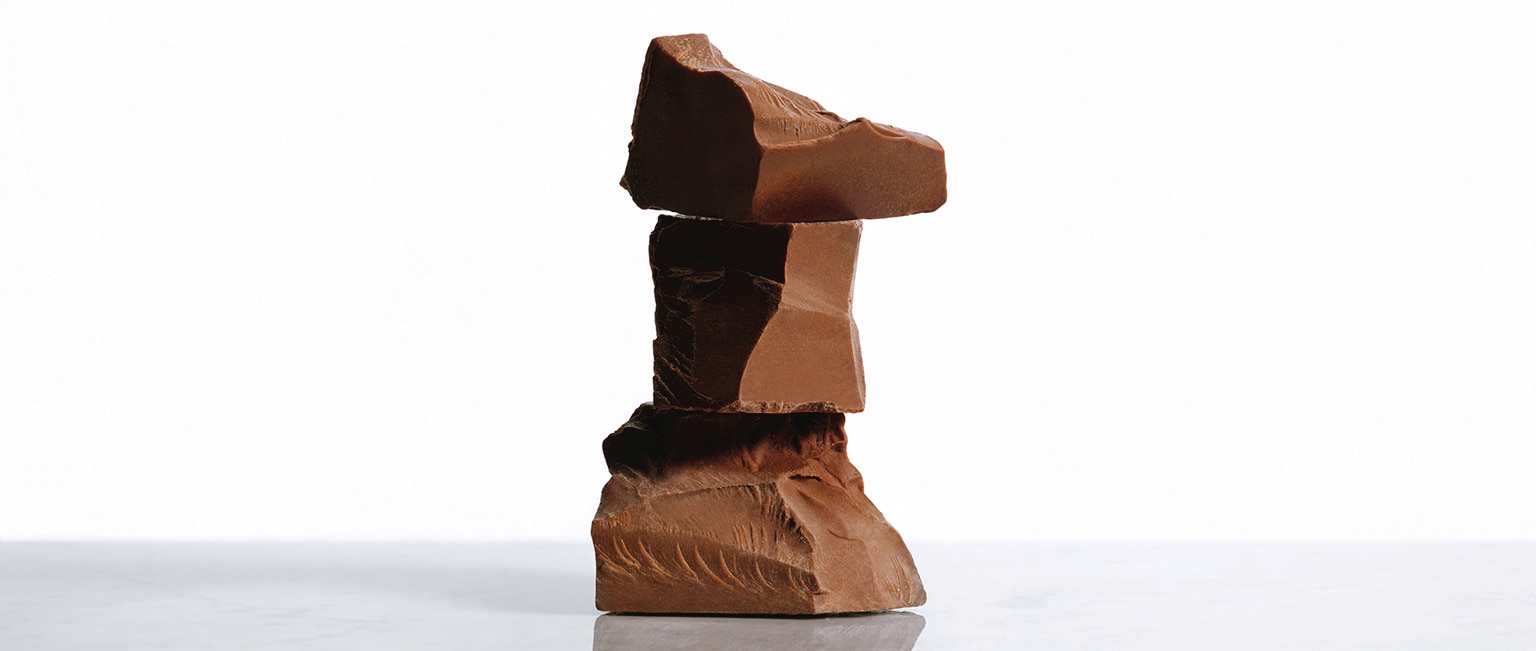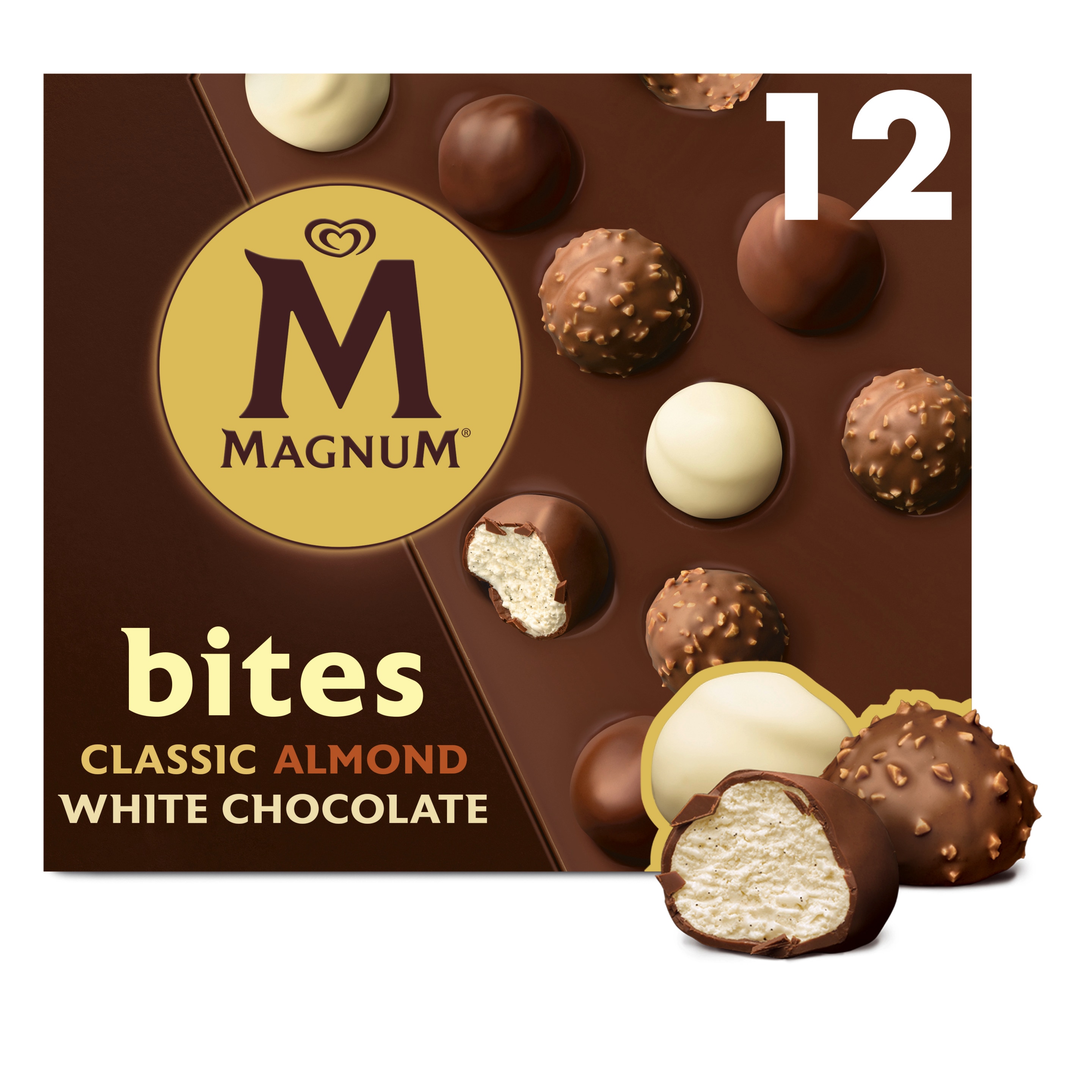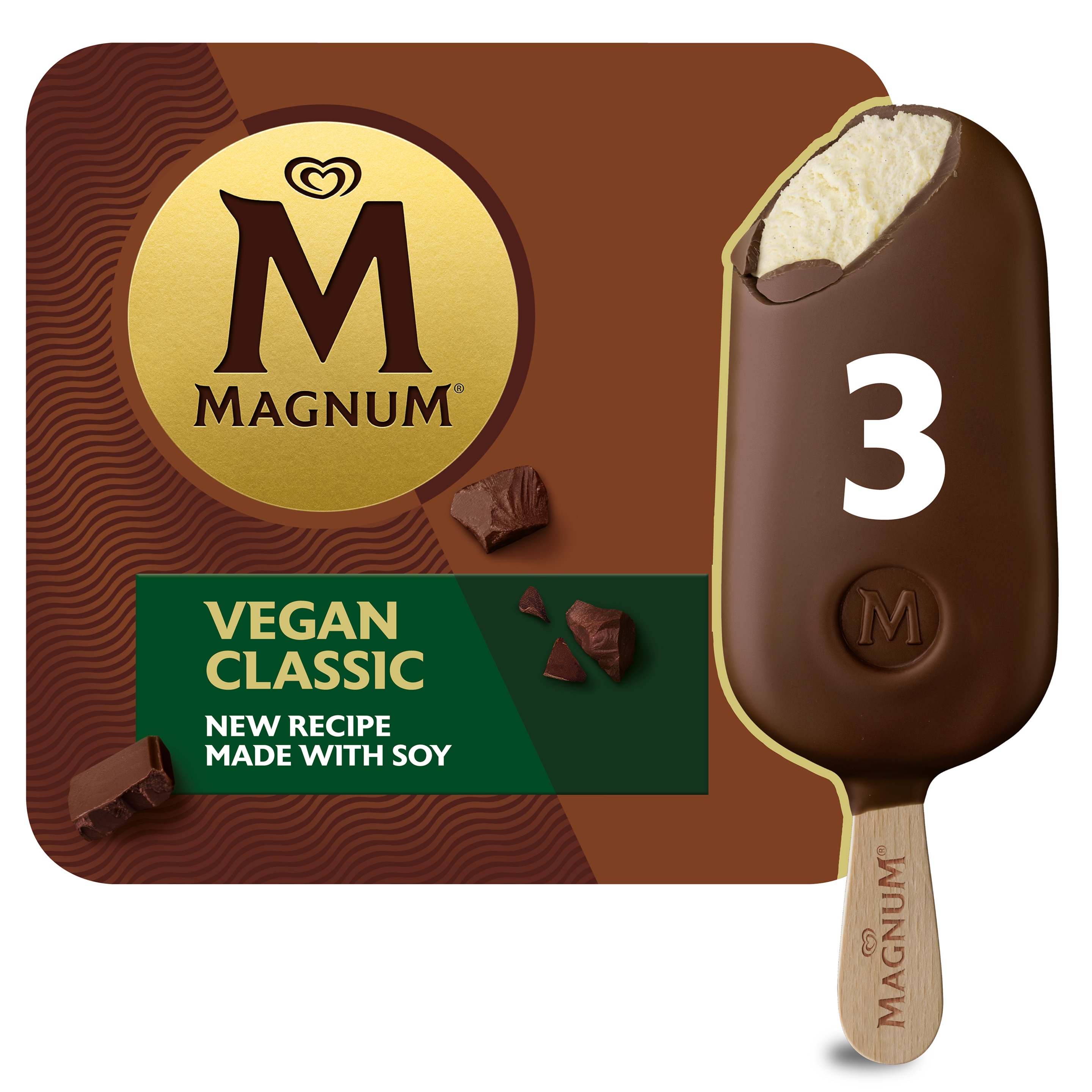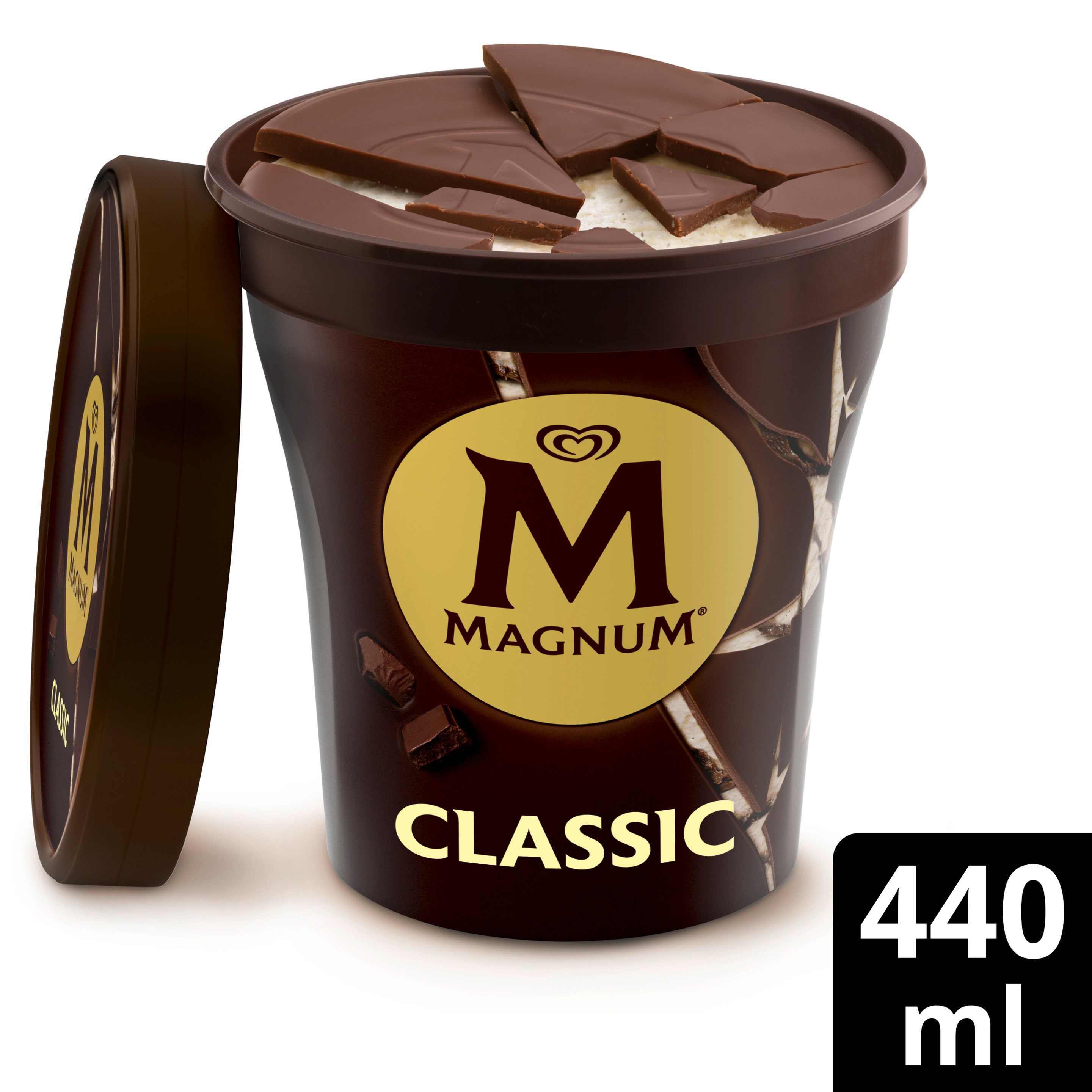Skip to:
Food
Where does Chocolate come from?
From Latin America to the modern day, chocolate has come a long way to get to you. Intrigued? Join us for a journey through the fascinating history of the world’s favourite sweet treat...
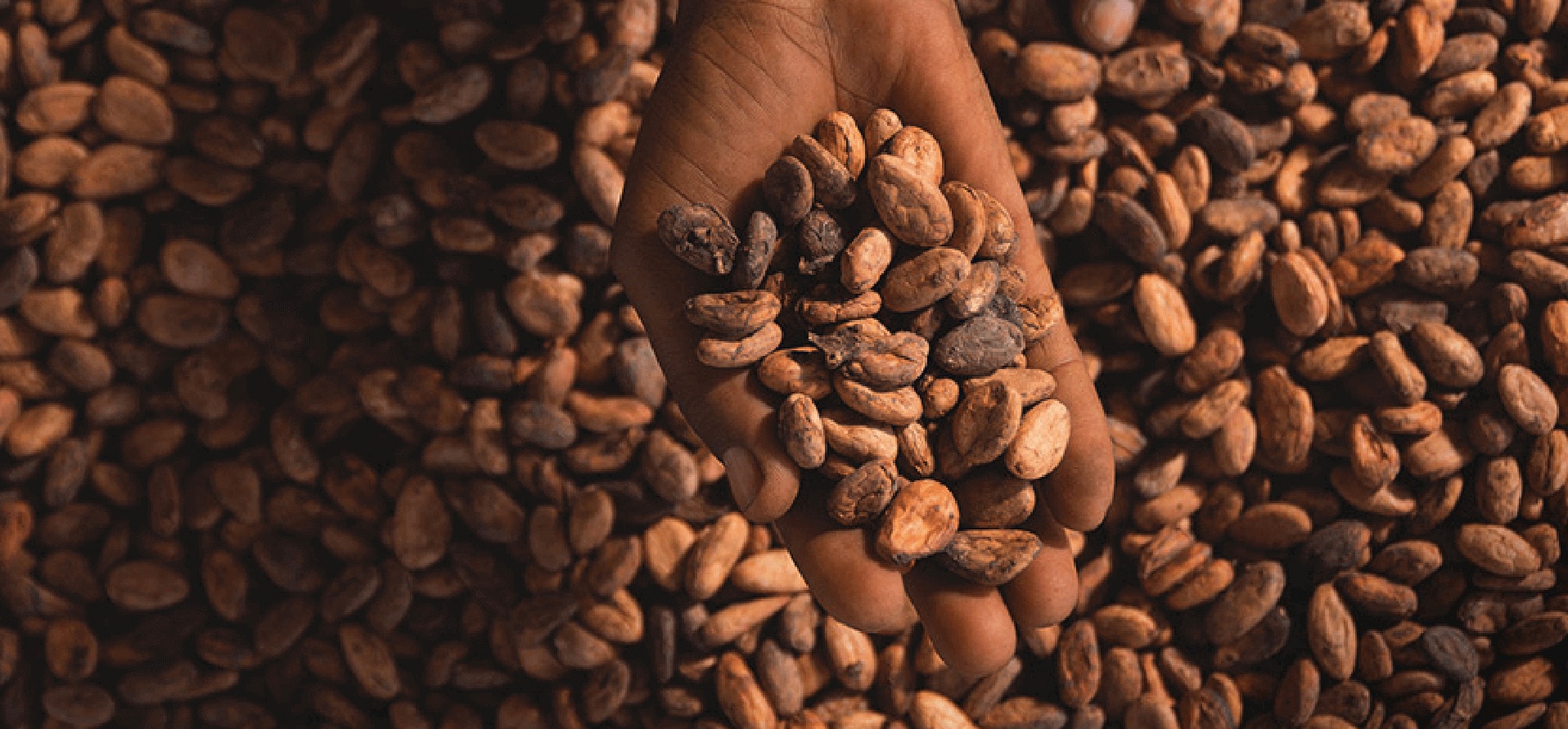
It all started in Latin America
Chocolate’s 4,000-year history began in ancient Mesoamerica, present day Mexico. It’s here that the first cacao plants were found. The Olmec, one of the earliest civilizations in Latin America, were the first to turn the cacao plant into chocolate. They drank their chocolate during rituals and used it as medicine.
Centuries later, the Mayans praised chocolate as the drink of the gods. Mayan chocolate was a revered brew made of roasted and ground cacao seeds mixed with chilies, water and cornmeal. Mayans poured this mixture from one pot to another, creating a thick foamy beverage called “xocolatl”, meaning “bitter water.”
By the 15th century, the Aztecs used cocoa beans as currency. They believed that chocolate was a gift from the god Quetzalcoatl, and drank it as a refreshing beverage, an aphrodisiac, and even to prepare for war.
Chocolate reaches Spain
No one knows for sure when chocolate came to Spain. Legend has it that explorer Hernán Cortés brought chocolate to his homeland in 1528.
Cortés was believed to have discovered chocolate during an expedition to the Americas. In search of gold and riches, he instead found a cup of cocoa given to him by the Aztec emperor.
When Cortés returned home, he introduced cocoa seeds to the Spanish. Though still served as a drink, Spanish chocolate was mixed with sugar and honey to sweeten the naturally bitter taste.
Chocolate quickly became popular among the rich and wealthy. Even Catholic monks loved chocolate and drank it to aid religious practices.
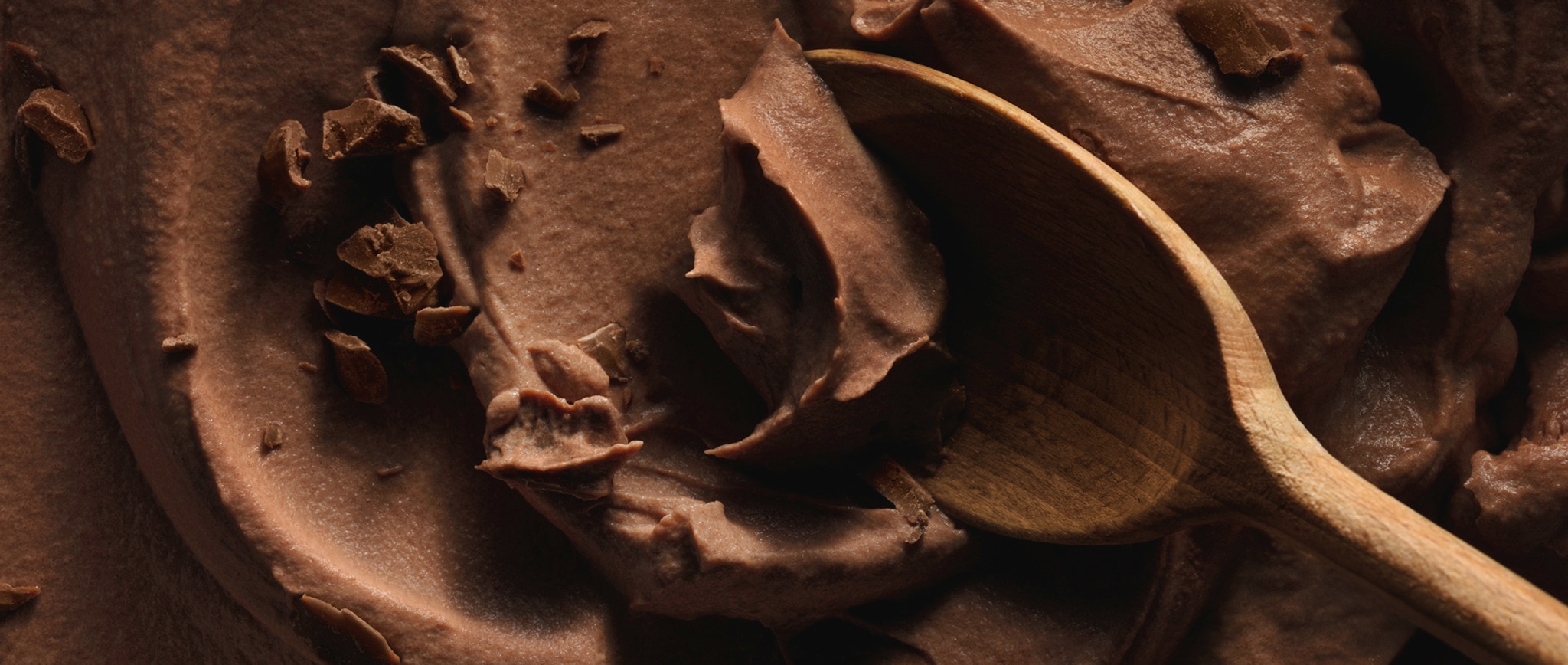
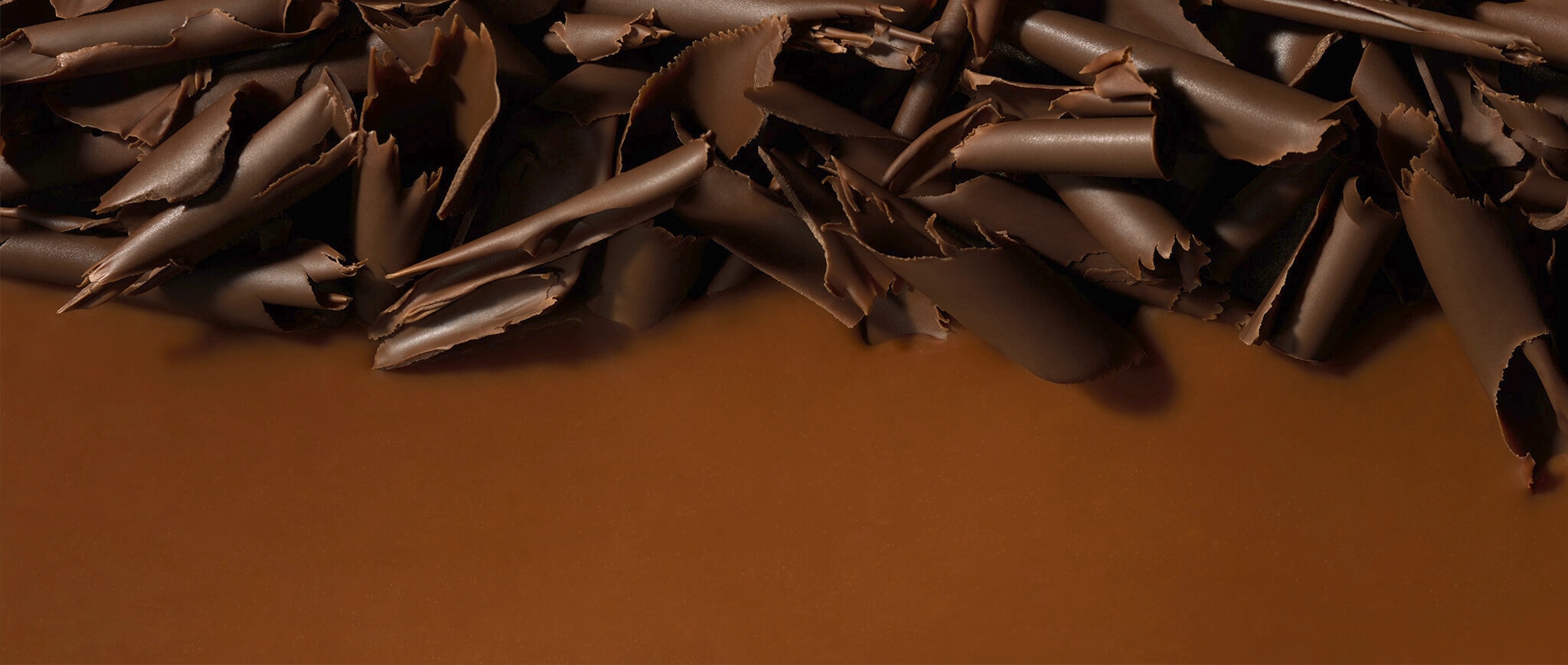
Chocolate seduces Europe
The Spanish kept chocolate quiet for a very long time. It was nearly a century before the treat reached neighbouring France, and then the rest of Europe.
In 1615, French King Louis XIII married Anne of Austria, daughter of Spanish King Phillip III. To celebrate the union she brought samples of chocolate to the royal courts of France.
Following France’s lead, chocolate soon appeared in Britain at special “chocolate houses”. As the trend spread through Europe, many nations set up their own cacao plantations in countries along the equator.
A Chocolate Revolution
Chocolate remained immensely popular among European aristocracy. Royals and the upper classes consumed chocolate for its health benefits as well as its decadence.
Chocolate was still being produced by hand, which was a slow and laborious process. But with the Industrial Revolution around the corner, things were about to change.
In 1828, the invention of the chocolate press revolutionised chocolate making. This innovative device could squeeze cocoa butter from roasted cacao beans, leaving a fine cocoa powder behind.
The powder was then mixed with liquids and poured into a mould, where it solidified into an edible bar of chocolate.
And just like that, the modern era of chocolate was born.

Modern-Day Magnum
Fast forward a couple of centuries and Magnum Classic appears on the scene.
In 1989 Magnum first launched the classic chocolate ice cream you know and love.
Magnum’s origins lie in Belgium, where our premium Belgian chocolate producer developed a unique chocolate coating with the signature crack to go with a smooth vanilla ice cream.
But just one flavour is never enough. In 1992 several new Magnums were released, including Magnum White and Almond. From Magnum Mini and more recently to Magnum Double, our most indulgent Magnum, we’ve been innovating ever since.
Next time you take a bite into your favorite Magnum, take a moment to savour the taste of chocolate history.
Magnum Stories
- slide 1
- slide 2
- slide 3
- slide 4
- slide 5
- slide 6
